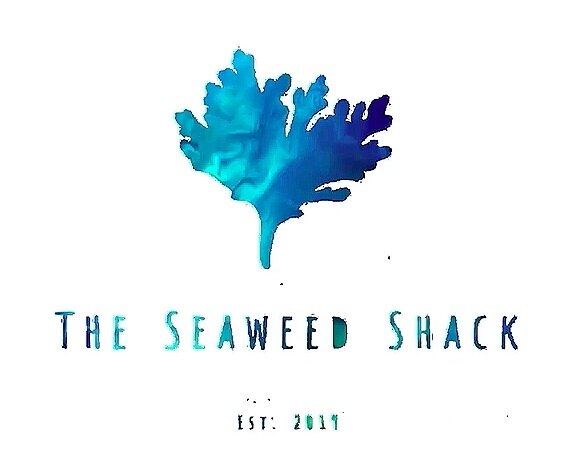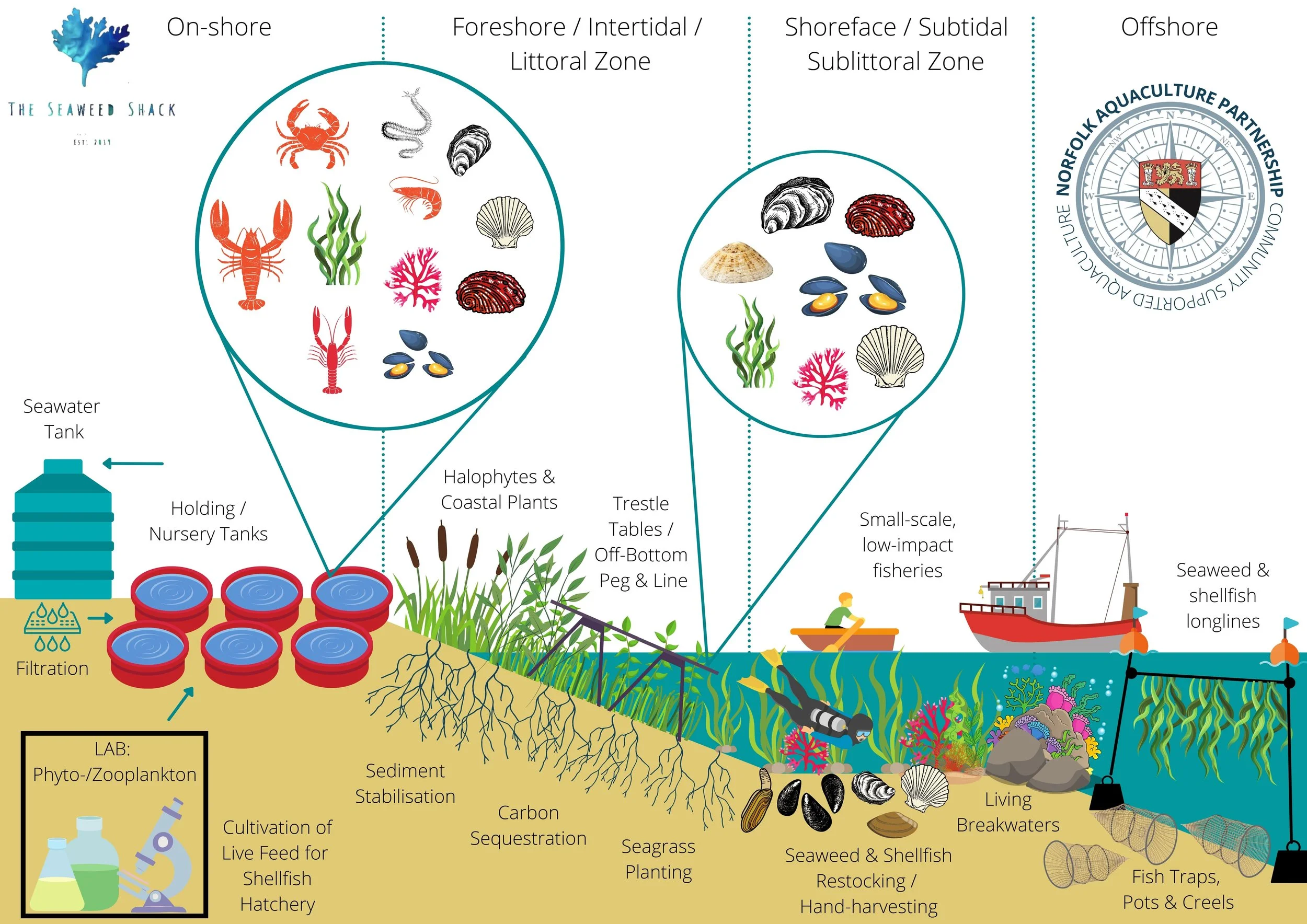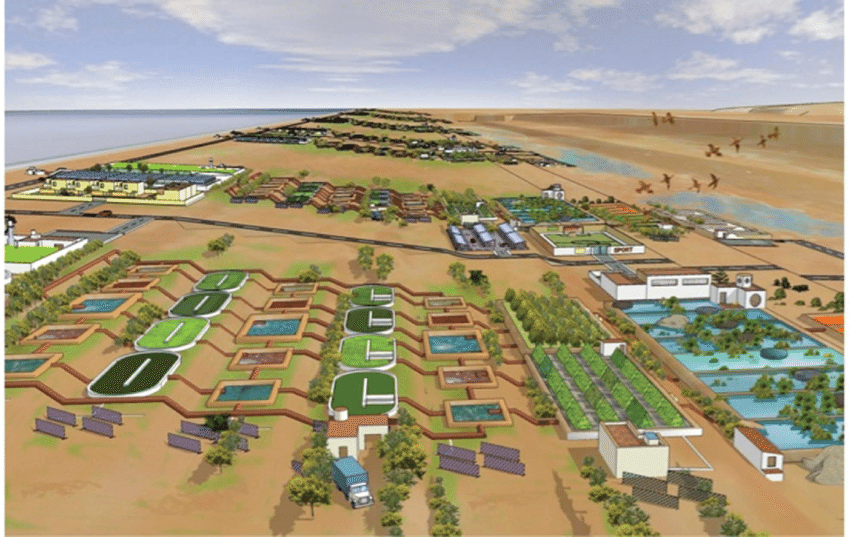The Blueprint
Pilot proposal for a community-run coastal farm
The blueprint is a proposal for a community-led coastal farm and ecological restoration project. Through collaboration between the Crown Estate, Marine Management Organisation (MMO), Natural England, RSPB, IFCA, CEFAS, local councils and communities, citizen science could be used to gather field data on water quality along areas of coastline with potential for aquaculture. The gathered data could then inform selection of a suitable experimental site for a fixed time period. Site selection will be crucial to avoiding sewage outlets, busy recreational areas, underwater cables or any other conflicts of interest.
Specific application forms could be co-developed with regulators and authorities to create a dedicated licensing process for zero-input, small-scale, low-impact coastal farms of multiple low-trophic species.
Digital monitoring tools, standardised equipment and best practices could then be applied or developed based on scientific advice. The site could be divided into zones, with a different mix of species cultured in each zone, according to their preferred natural habitat.
Onshore
Natural seawater could be pumped a short distance to a tank onshore, which would be filtered before entering holding and/or nursery tanks, comprised of modular recirculating (RAS) or semi-recirculating aquaculture systems housed in 1-2 shipping containers, including either in situ cultivation or lab-grown zooplankton and microalgae as feed for juvenile shellfish and seaweeds. The tanks could also be used to acclimatise seaweed & shellfish juveniles in preparation for ongrowing, as holding tanks for crab & lobster catches from local fishers, or even for purification of bivalves prior to consumption.
Foreshore
The foreshore, otherwise known as the intertidal or littoral zone, is the area flooded by tides but otherwise relatively accessible to people on foot or in waders. This is typically where trestle tables for oysters are positioned. Coastal edible plants and halophytes such as marsh samphire, sea spinach, sea purslane, sea kale or sea buckthorn could also be cultivated closer to shore, which would stabilise sediments, thereby mitigating coastal erosion. Further out could include seagrass (re)planting, as well as cultivation of intertidal seaweeds like laver or sea lettuce on simple peg & line structures (or matts), inspired by similar setups in Asia & Africa. The variety of shellfish could also be diversified to include ormers (a.k.a. abalone), polychaete worms, limpets, winkles, oysters or mussels.
SUBTIDAL
The subtidal or sublittoral zone is mostly underwater except at spring tides. This is where juvenile shellfish can be distributed for ongrowing. Here, various species such as scallops can be cultivated together and harvested by hand. They could also be protected in cages or gabions from storms and predation. As a further buffer against storm surges, these could be integrated into so-called “living breakwaters” or artificial reefs, further mitigating wave action, stabilising sediments and creating new habitat.
Offshore
Finally, offshore activities could include longline cultivation of seaweeds (e.g. kelp) together with shellfish in an Integrated Multi-Trophic (IMTA) approach, even with co-location of bottom-feeding detritivores such as sea urchins or sea cucumbers. To survive the rough sea conditions, screw anchors or heavy weights would need to be added to hold the lines in place, subject to licensing from the relevant authorities.
Processing
Maintenance, grading and harvesting requires a lot of manual labour, which is well suited to a CSA business model. This could take place year-round as the various species come into season. A processing facility would be essential to process and package products. Seafood processing facilities already exist in King’s Lynn. Alternatively, a small-scale unit could be located directly onshore or further inland, with facilities such as drying rooms, shucking machinery, depuration tanks, a kitchen and storage.
MARKET
Through a digital sales platform such as a webshop, Shopify or a dedicated app, products can be sold to local buyers on demand, so they are only harvested fresh. No long cross-border cold chains, customs checks or traffic jams. Local production, local delivery. Additional products with extended shelf-life could be developed, which could then be stocked in local shops or a dedicated community farm shop, mobile kitchen and/or event space.
Safety
Health & safety is of course priority number one, so regular water testing should be carried out, as well as regular taking of samples to prevent the build up of harmful substances such as heavy metals, PFAS, microplastics, or PCBs. An early warning system should also be developed to prevent damage by storms as well as contamination resulting from oil spills, dredging, sewage discharge events or algal blooms. Volunteers should be properly equipped and customers made fully aware of any health risks, including allergens, shellfish poisoning and norovirus prior to consumption.
A draft of a proposed land-based Integrated Multi-Trophic Aquaculture (IMTA) farm gravity-fed by Atlantic Ocean water (Green Sahara) a vision of the late Guillermo García-Blairsy Reina (courtesy of Bioagramar Foundation).




